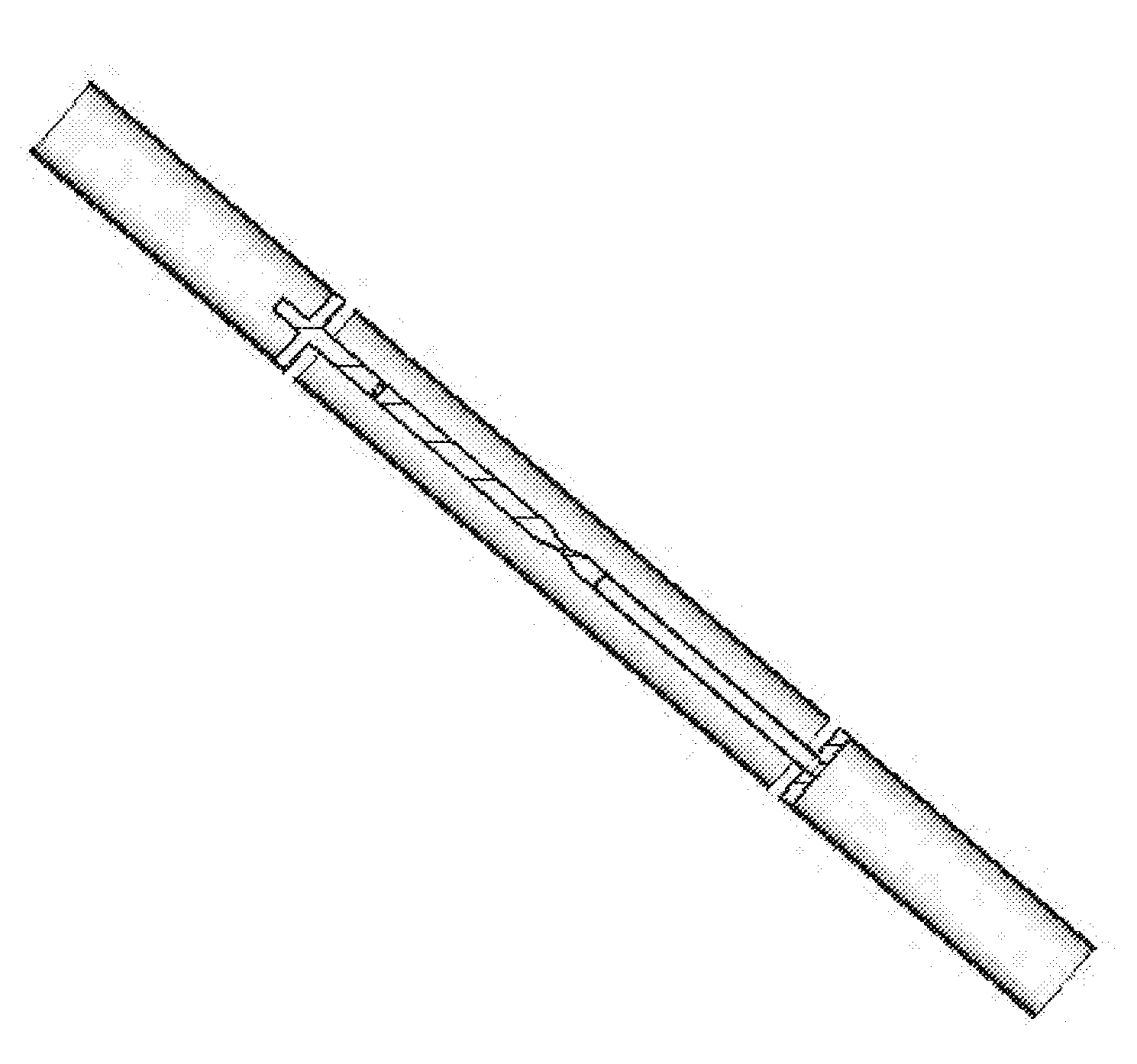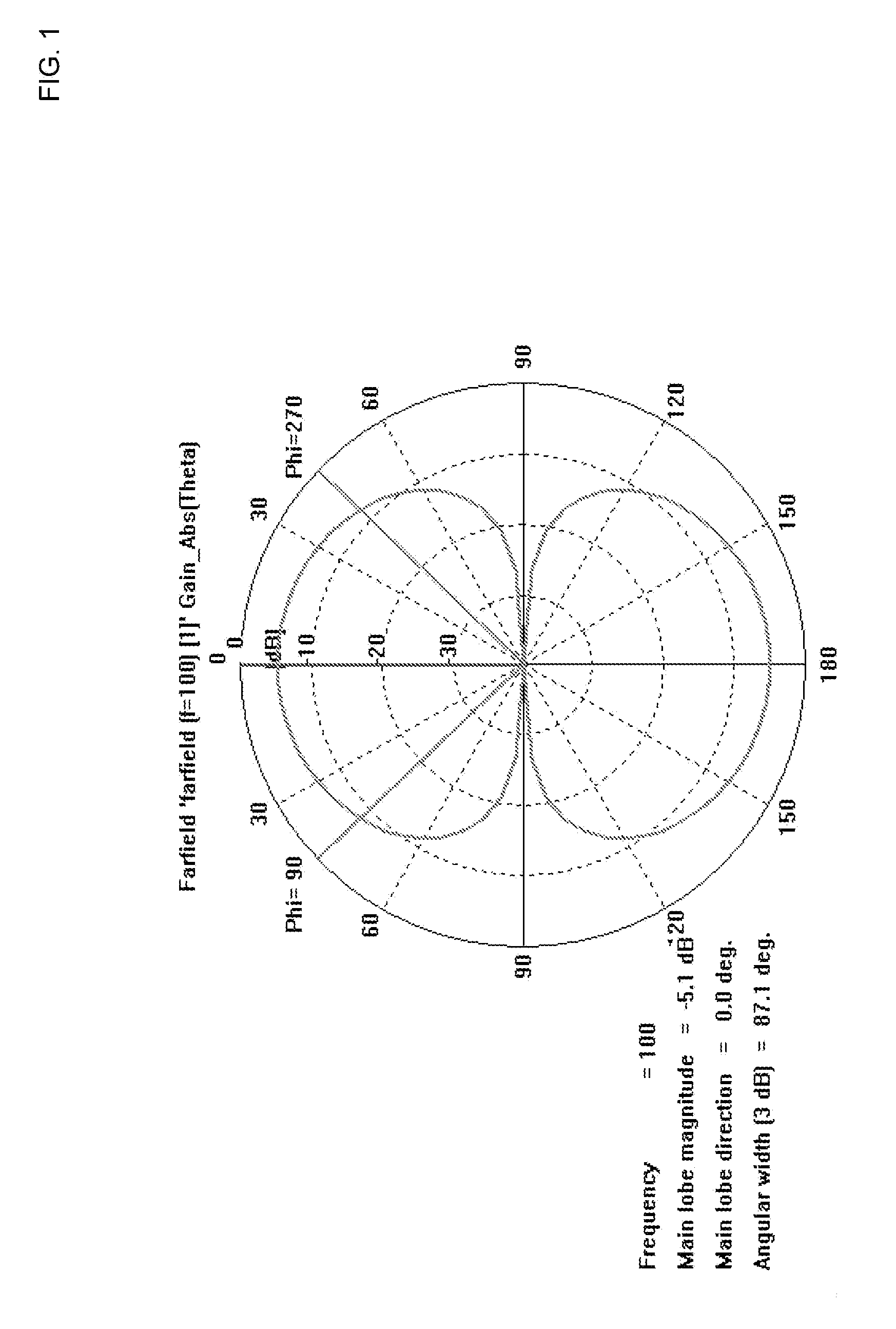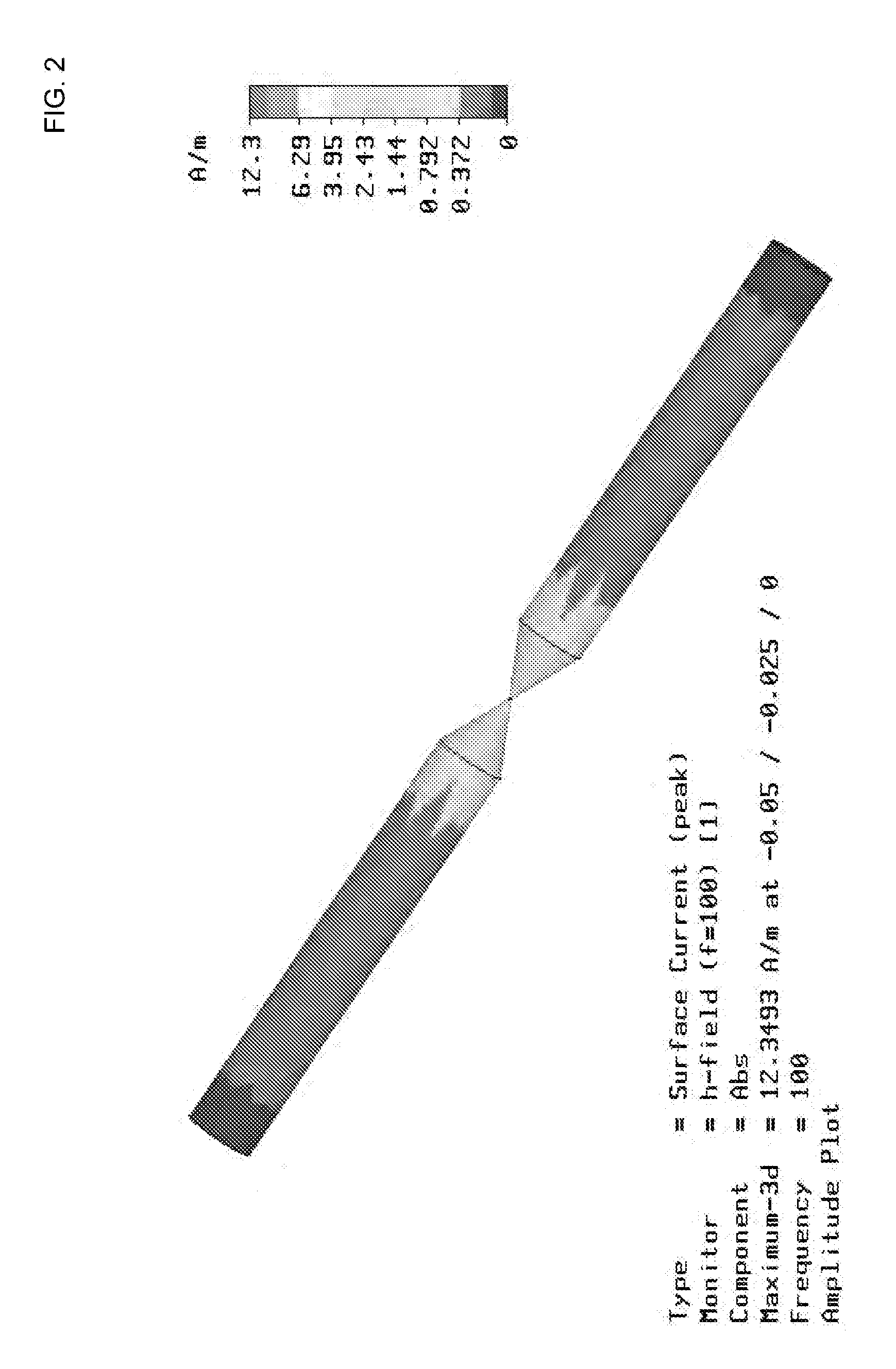Multi-feed dipole antenna and method
a dipole antenna and multi-feed technology, applied in the field of antennas, can solve the problems of side lobes and nulls, limited radiation pattern and impedance bandwidth of dipole antennas, and presumption of symmetry in the support structure on either side, and achieve the effect of wide pattern bandwidth and impedance bandwidth, and wider frequency rang
- Summary
- Abstract
- Description
- Claims
- Application Information
AI Technical Summary
Benefits of technology
Problems solved by technology
Method used
Image
Examples
Embodiment Construction
[0104]A multi-feed antenna and method will now be described. In the following exemplary description numerous specific details are set forth in order to provide a more thorough understanding of embodiments of the invention. It will be apparent, however, to an artisan of ordinary skill that the present invention may be practiced without incorporating all aspects of the specific details described herein. In other instances, specific features, quantities, or measurements well known to those of ordinary skill in the art have not been described in detail so as not to obscure the invention. Readers should note that although examples of the invention are set forth herein, the claims, and the full scope of any equivalents, are what define the metes and bounds of the invention.
[0105]One or more embodiments of the invention are directed to a multi-feed dipole antenna and method. The antenna provides wide radiation pattern bandwidth and wide impedance bandwidth. Driving the dipole at multiple l...
PUM
| Property | Measurement | Unit |
|---|---|---|
| dipole input impedance | aaaaa | aaaaa |
| impedance | aaaaa | aaaaa |
| impedance | aaaaa | aaaaa |
Abstract
Description
Claims
Application Information
 Login to View More
Login to View More - R&D
- Intellectual Property
- Life Sciences
- Materials
- Tech Scout
- Unparalleled Data Quality
- Higher Quality Content
- 60% Fewer Hallucinations
Browse by: Latest US Patents, China's latest patents, Technical Efficacy Thesaurus, Application Domain, Technology Topic, Popular Technical Reports.
© 2025 PatSnap. All rights reserved.Legal|Privacy policy|Modern Slavery Act Transparency Statement|Sitemap|About US| Contact US: help@patsnap.com



